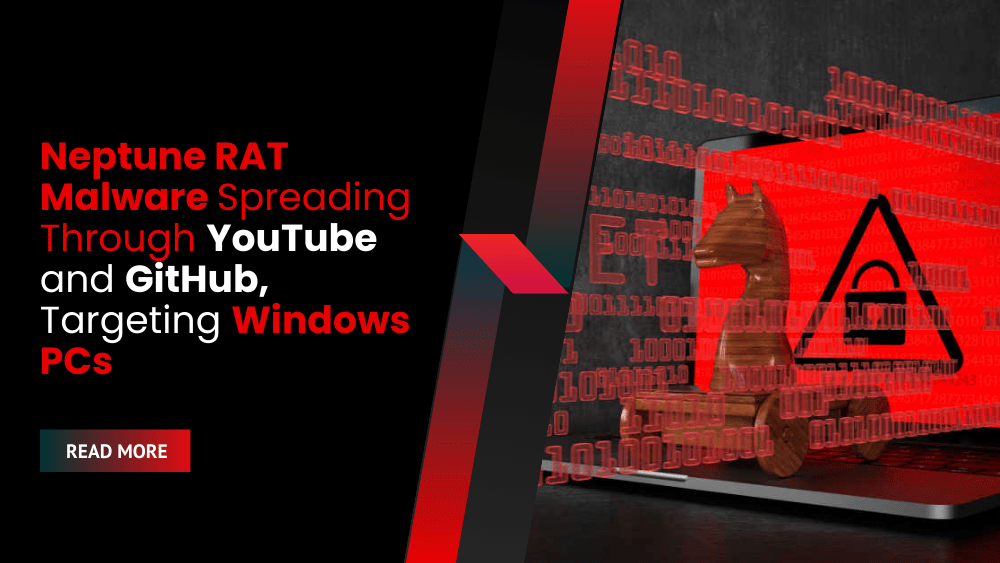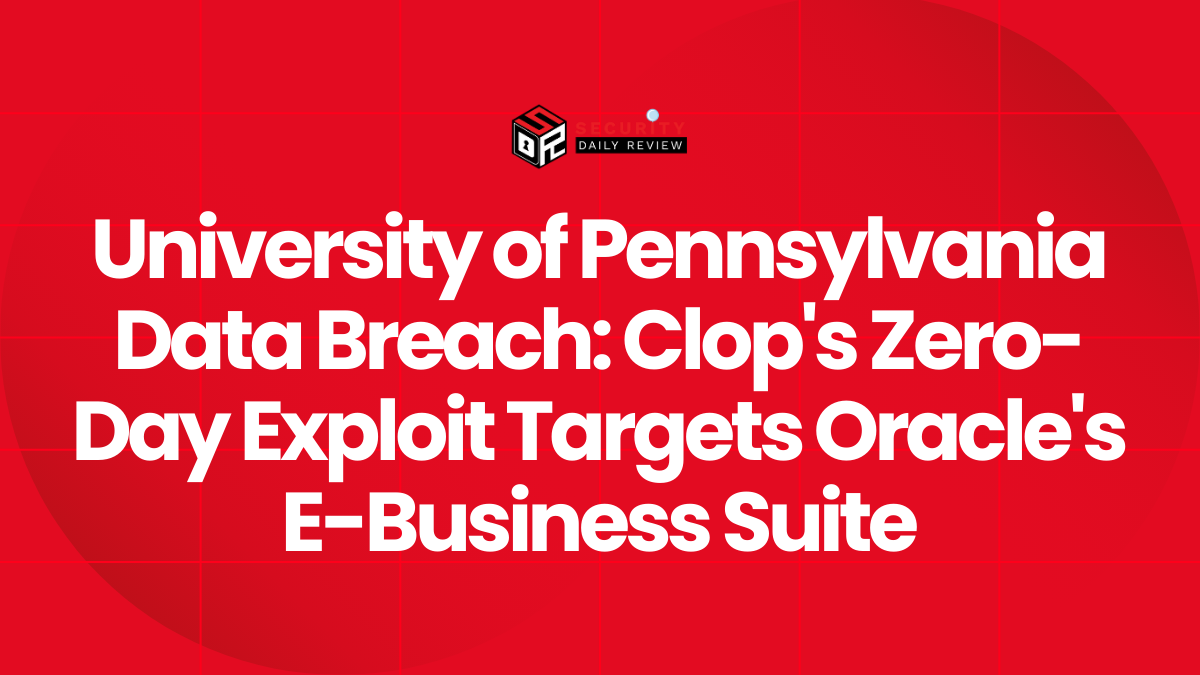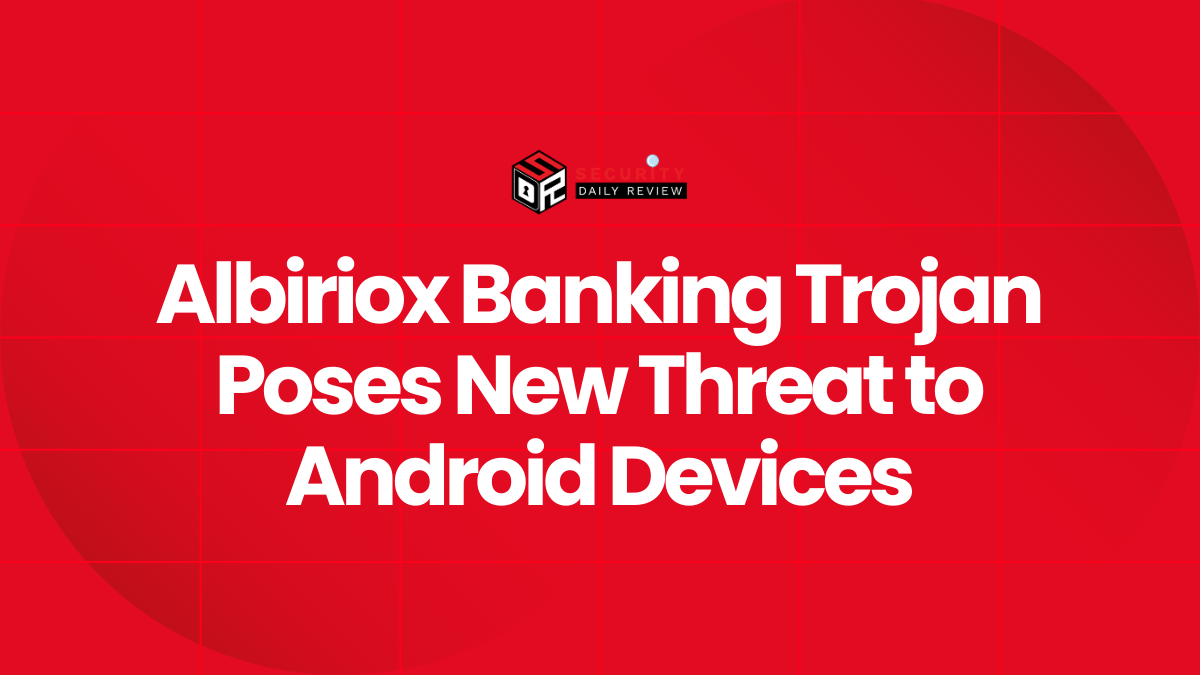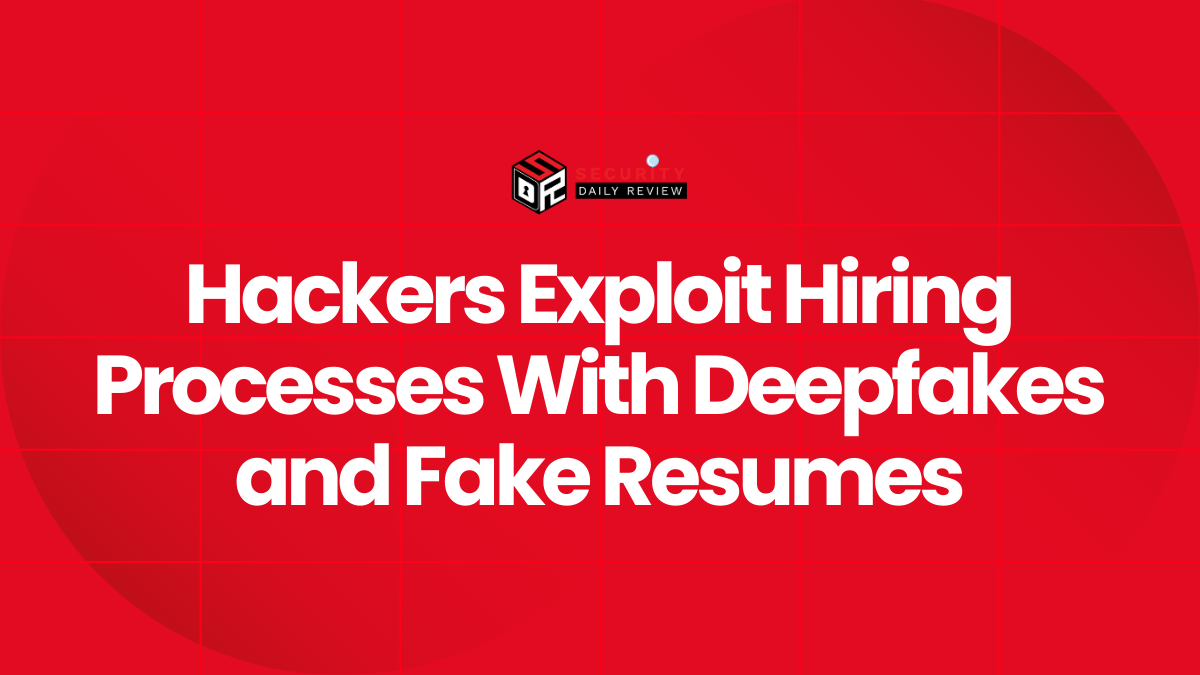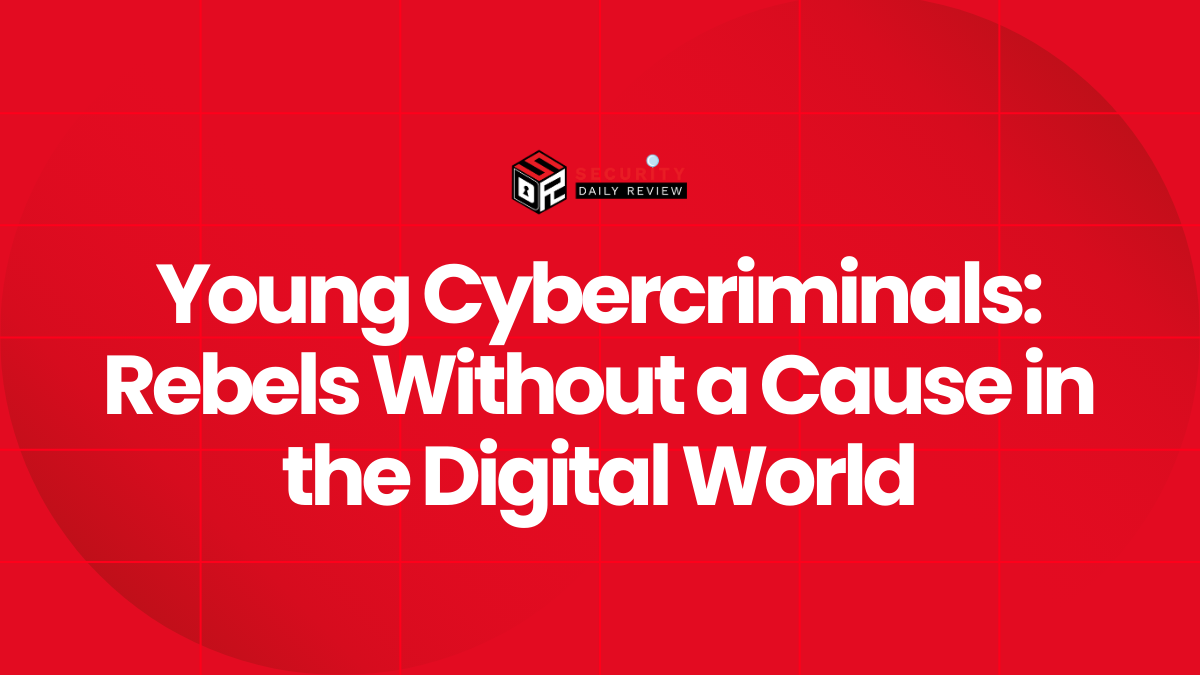A new strain of Remote Access Trojan (RAT), dubbed Neptune RAT, is actively targeting Windows PCs. This dangerous malware is being spread through popular platforms like YouTube, GitHub, and Telegram, highlighting the evolving tactics of cybercriminals.
The Neptune RAT allows threat actors to gain complete control over infected systems. This includes the ability to steal sensitive data, install additional malware, and remotely manipulate the computer. The use of legitimate platforms like YouTube and GitHub for distribution makes detection and prevention more challenging. The malware’s widespread distribution necessitates immediate action from businesses to protect their systems.
This sophisticated malware uses social engineering techniques to trick users into downloading and installing it. The use of popular platforms suggests a strategy focused on exploiting user trust. The potential consequences for businesses infected with Neptune RAT are severe, ranging from data breaches to complete system compromise.
Understanding the Threat:
The Neptune RAT represents a significant threat to enterprise businesses. Its ability to grant remote access to malicious actors allows for data exfiltration, system disruption, and financial loss. The use of seemingly legitimate platforms for distribution underscores the need for robust cybersecurity measures.
Mitigation Strategies:
- Employee Training: Educate employees about phishing scams and the dangers of downloading files from untrusted sources.
- Software Updates: Ensure all software, including operating systems and antivirus programs, is up-to-date.
- Network Security: Implement strong network security measures, including firewalls and intrusion detection systems.
- Endpoint Protection: Utilize robust endpoint protection software to detect and prevent malware infections.
- Regular Backups: Maintain regular backups of critical data to mitigate the impact of a successful attack.
This situation demands immediate attention from IT security teams. Proactive measures are crucial to prevent infection and minimize potential damage. Staying informed about the latest threats and implementing appropriate security protocols is essential for protecting enterprise systems.

